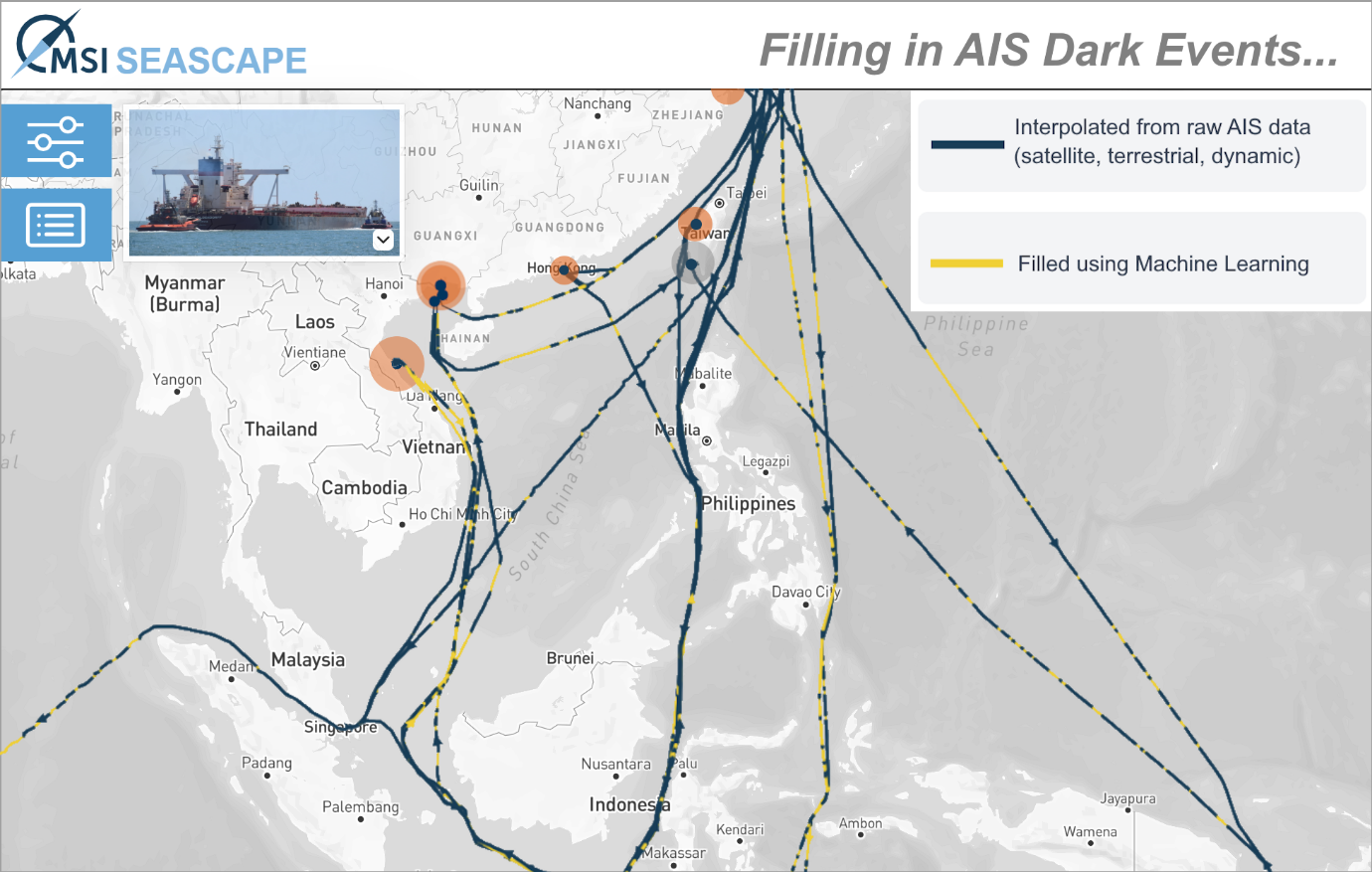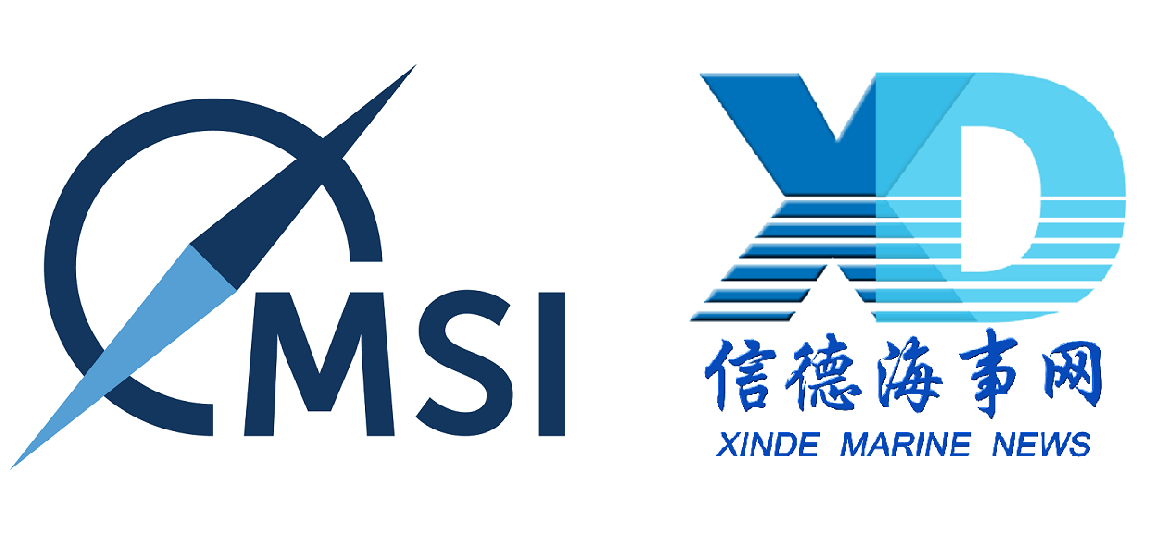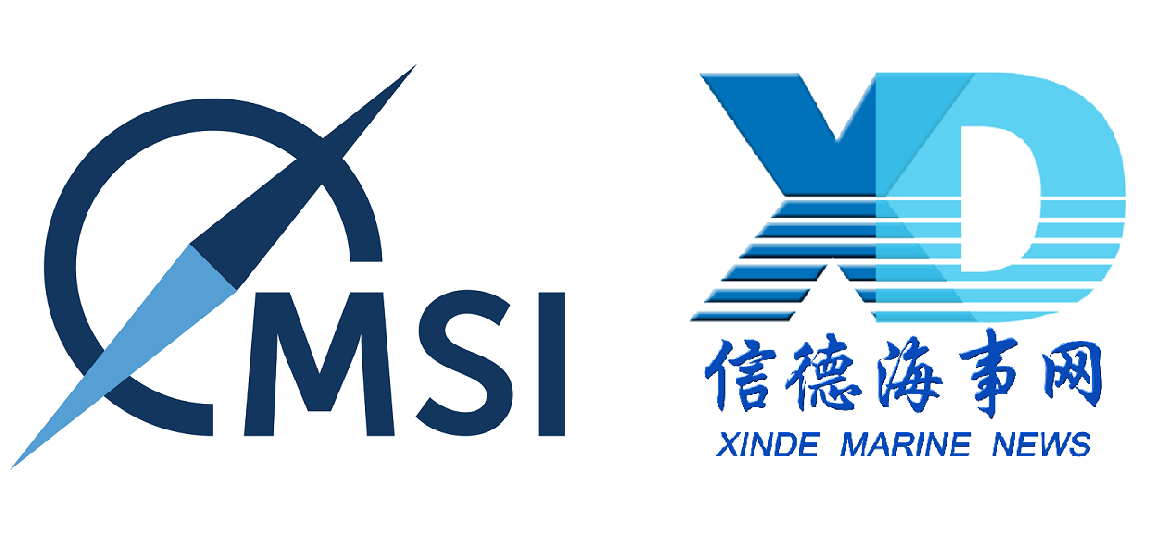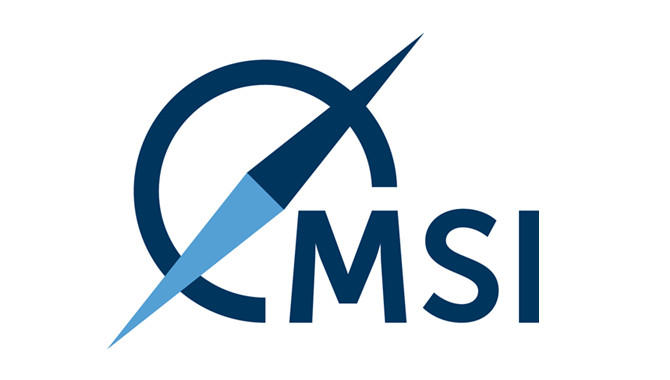
Maritime Strategies International has added an Annual Efficiency Ratio (AER) calculation of vessel CO2 emissions to over 21,000 ships in its HORIZON asset valuation platform.
The new feature displays AER estimates for 2020 and compares this to the trajectory published by the Poseidon Principles based on the IMO's goals of cutting shipping emissions dramatically over coming decades.
The Poseidon Principles include 27 signatories which have committed to measure the sustainability performance of their borrowers and of these 15 banks reported their portfolio climate alignment scores last year. The initiative has been quickly adopted as momentum has grown around the transparency of shipping's carbon emissions and the link to owner, charterer and end-user ESG strategies.
“The Poseidon Principles AER trajectories are a market measure not a regulation but their alignment with IMO goals makes them an important measure of success in shipping's decarbonisation efforts,” says Dr Adam Kent, Managing Director, MSI. “How well it reflects reality is an important point of debate for the whole industry and our initial findings suggest it must be judged a work in progress.”
Data modelled using the estimated AER values illustrates the scale of the challenge for the industry in achieving the declining emissions trajectory required by the Poseidon Principles.
Using the estimated AER values, MSI analysis finds that:
1. More than half of the global fleet exceeded the Poseidon Principles trajectory value in 2020. Compliance varies significantly by sector but the container segment exceeded the trajectory by a far larger degree than other sectors.
2. Some more efficient designs are penalised by the current trajectory methodology. For instance, while new, fuel efficient designs of 38,000dwt bulk carriers typically have lower estimated AER values than the older, less fuel-efficient 32,000dwt vessels, trajectory values are based on different cohorts. A lower AER value for the larger 35-60,000dwt band means that some fuel-efficient 38,000dwt vessels fall foul of the trajectory and would in effect damage a bank’s AER performance.
3. The trajectory is moving quickly and will have an enormous impact on the ability of banks to meet their portfolio alignment goals unless action is taken swiftly. In the same dry bulk example, whilst around 50% of the ships between 30,000 and 40,000dwt had AER values in 2020 below the trajectory, all else being equal this share would drop to just 22% in 2025.
“The ramifications of these findings are potentially far-reaching, skewing the provision of finance in favour of some vessel types, knocking on to decisions in the S&P markets, around newbuilding finance and shipyard preference for vessel contracts,” adds Will Fray, Director, MSI. “A key plank of the principles is that they will adapt over time but the MSI analysis demonstrates this need is pressing.”
The vessel specific AER estimates are available to subscribers to MSI's HORIZON platform which provides access the consultancy's proprietary macro and shipping market models and asset valuations data. MSI's proprietary valuation tool Forward Marine eValuator (FMV) provides historical and forecast values, earnings and operating costs for individual vessels, fleets or portfolios with Alternative Marine eValuator (AMV) enabling clients to stress test forecast assumptions for their vessels against the MSI Base Case and custom scenarios.
The opinions expressed herein are the author's and not necessarily those of The Xinde Marine News.
Please Contact Us at:







